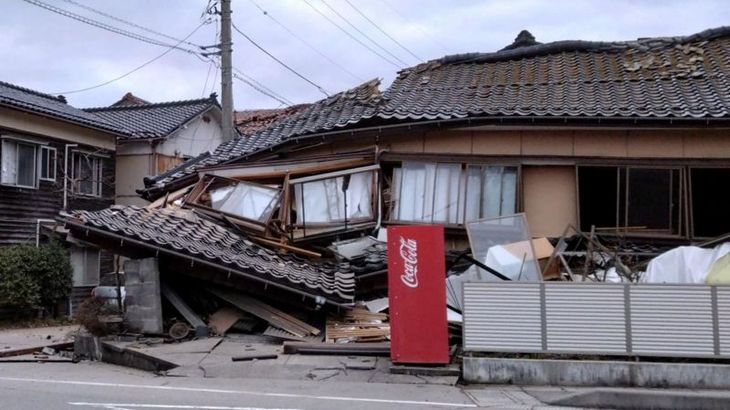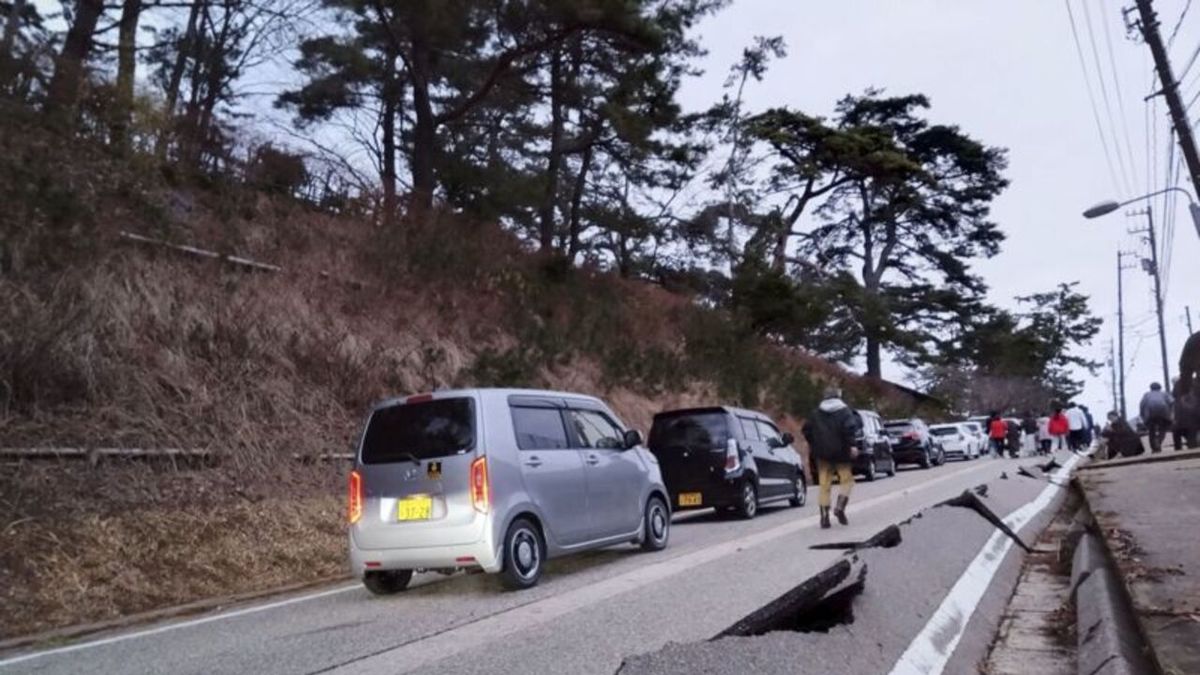A strong earthquake and tsunami shook central Japan and its western coast on Monday, prompting evacuation warnings for the population, leaving thousands of homes without power and disrupting flights and train services to the affected region.
The movement, with a preliminary magnitude of 7.6, It caused waves of around 1 meter in some parts of the Sea of Japan coast and a larger wave is expected, public broadcaster NHK reported.
The Japan Meteorological Agency has issued alerts de tsunami for the coastal prefectures of Ishikawa, Niigata and Toyama. Russia also issued tsunami warnings in its cities of Vladivostok and Nakhodka, in the far east of the country.
Earthquake in Japan: alert for aftershocks
Authorities are still assessing the extent of the damage and residents should prepare for more tremors, Prime Minister Fumio Kishida said in remarks carried by NHK.
“Residents should remain alert to the possibility of new tremors and I urge residents in areas where tsunamis are expected to evacuate as soon as possible,” Kishida said.
The images broadcast by NHK showed the collapse of a building amid a column of dust in the coastal city of Suzu and residents of the city of Kanazawa crouched under tables as tremors shook their homes. The earthquake also shook buildings in the capital, Tokyo, on the opposite coast.
japan2.jpg
More of 36,000 homes were left without electricity in Ishikawa and Toyama prefectures, according to energy provider Hokuriku Electric Power.
The high speed rail services to Ishikawa have been suspended, while telecommunications operators Softbank and KDDI reported disruptions to telephone and internet service in Ishikawa and Niigata, according to their websites.
The Japanese airline ANA returned four planes that were heading to the Toyama and Ishikawa airports mid-flight following the earthquake, while Japan Airlines canceled most services to the Niigata and Ishikawa regions for the rest of the day, according to TV Asahi.
japan3.jpg

Earthquake in Japan: what happens to nuclear power plants
The Nuclear Regulatory Authority de Japan said no irregularities had been confirmed at nuclear power plants along the Sea of Japan, including the five active reactors at the Kansai Electric Power Ohi and Takahama plants in Fukui prefecture.
The Hokuriku Shika power plant in Ishikawa, the closest to the epicenter of the earthquake, had already stopped its operations. two reactors before movement to conduct periodic inspections and saw no impact from the earthquake, according to the agency.
On March 11, 2011, a major earthquake and tsunami struck northeastern Japan, killing nearly 20,000 people, devastating cities and causing nuclear meltdowns in Fukushima.
Source: Ambito




